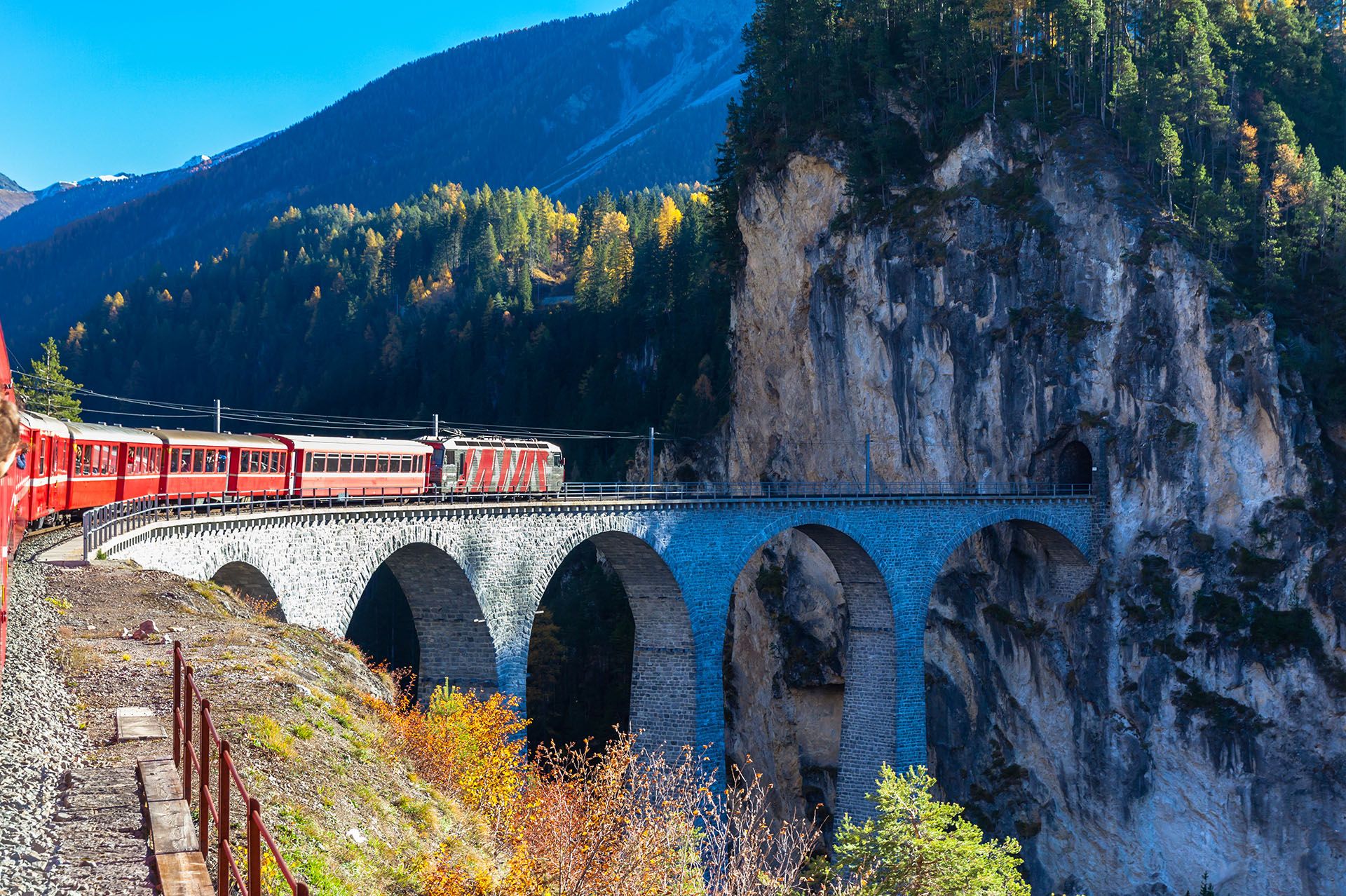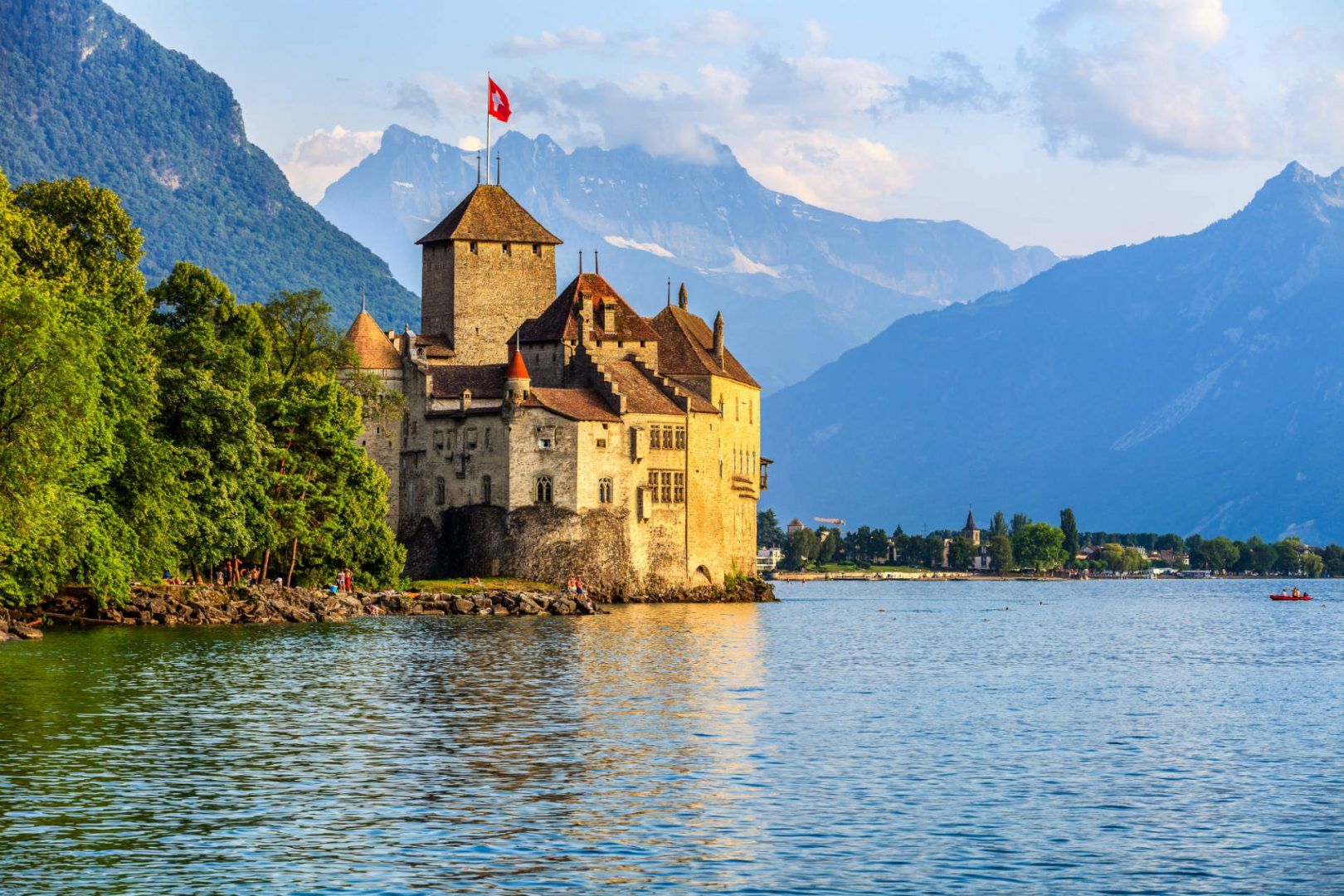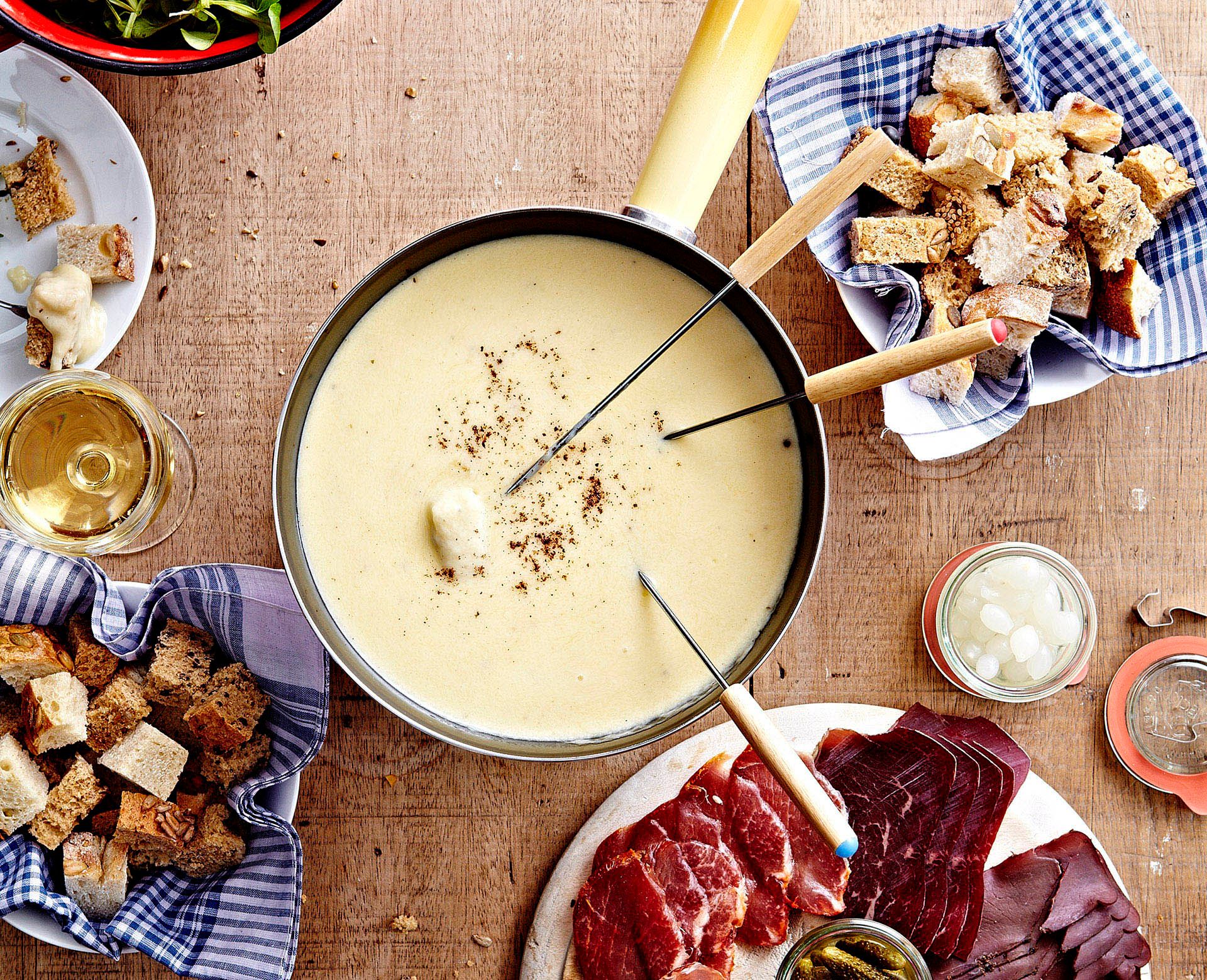Incredible Interlaken
From there, journey south to the mountain town of Interlaken, which sits prettily on a spit of land between the two lakes of Brienz and Thun. Here, the Ballenberg Open-Air Museum provides a series of evocative snapshots of traditional life in Switzerland in a collection of buildings which showcase the architecture and arts and crafts of the country’s various cantons.
In an atmospheric wooden house from the Lötschen Valley in 1568, an expert weaver uses an antique loom to create beautiful fabrics, with a tea towel, rug or scarf making the perfect souvenir. Traditional woodcarving is exhibited in the former workshop of two expert carvers from Brienz, the Stähli brothers, whose expertise is upheld today by modern craftspeople who make figures of wild animals and humans.
Rural cooking, too, is showcased at the Ballenberg, with a museum in a reconstructed farmhouse and herder’s hut cooking up hearty soups from the health-giving vegetables and grains which grow in the Swiss countryside.
While you’re in this part of the country, break up your journey with a stay in a fairytale Swiss castle in the form of Schloss Schadau, a Gothic Revival jewel overlooking the mountains and Lake Thun from its turreted rooftops.
You might also want to read up on the wider region in our Bernese Oberland travel guide and Jungfrau region travel guide.
Marvellous Montreux
Boarding another train, continue south to Montreux, on the shores of Lake Geneva. Home to an impossibly photogenic waterfront, a world-famous jazz festival, and spectacular medieval buildings like the 13th-century Château de Chillon, Montreux has much to recommend it, and it’s no surprise that luminaries throughout history, from Lord Byron to Charlie Chaplin, have chosen it as a holiday destination and home.
For those interested in classic Swiss cultural traditions – or just delicious treats – this area has a particular pull as the home of Swiss chocolate. Vevey, a ten-minute train ride west of Montreux, is where milk chocolate was invented in 1875 by one Daniel Peter, building on the work of his neighbour, Henri Nestlé. The latter was the founder of Nestlé, which remains the world’s largest food company, and which has its headquarters in Vevey; tours are on offer to give you an insight into the chocolate making process, followed, naturally, by a hatful of chocolatey treats.
For an intimate look into modern chocolate making in Vevey, visit the Läderach Chocalaterie, a family business where chocolate making workshops and courses produce a cornucopia of cocoa-based delights which look (almost) too good to eat.






